What Everyone Needs to Know About Toxic Wildfire Smoke
You see on the News or your weather app that the air quality is terrible, or you notice a haze on your drive to work. What is the concern? Let’s delve into this topic and examine why understanding the hazards of wildfire smoke is crucial, as well as the protective measures you should take to safeguard yourself and your family.
The Invisible Danger of Wildfire Smoke
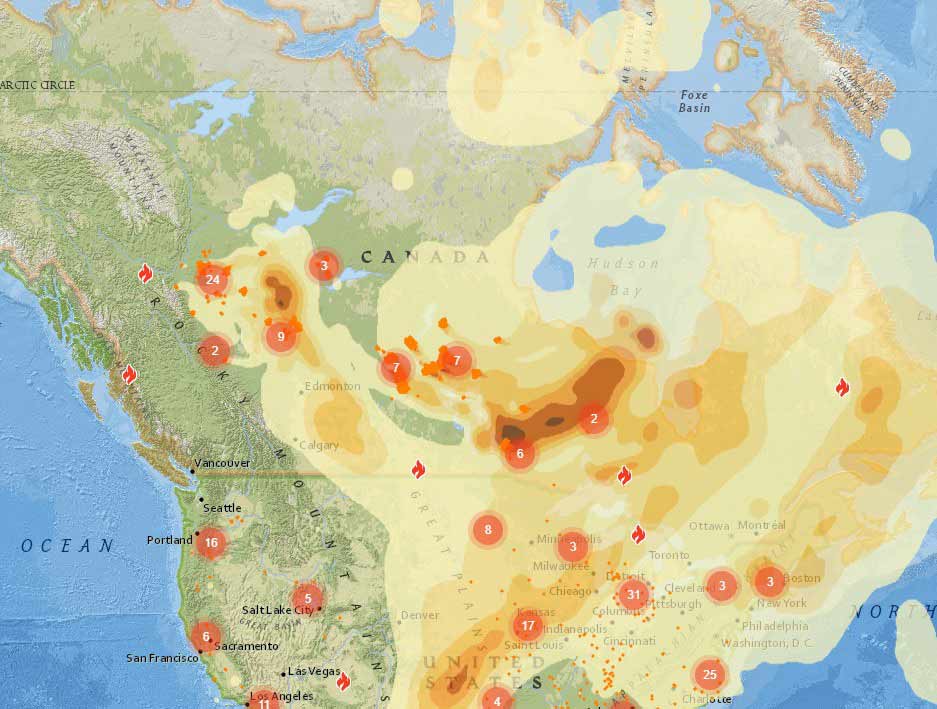
Wildfire smoke is a complex mixture of gases and particles that can travel thousands of kilometres and that changes as they move away from the fire. Unfortunately, many fires now include human-made structures, their contents and vehicles. The chemical composition of this smoke and ash differs from that of smoke and ash emitted during a strictly plant-based fire and is likely more toxic. At a distance from the fires, fine particulate matter (PM2.5) poses the most significant risk to human health. You can check out the levels of wildfire smoke in your area using this page.
Fine particulate matter 2.5 (PM2.5) refers to tiny particles or droplets in the air that are two and one-half microns or less in width. The larger particles in the PM2.5 size range are approximately thirty times smaller than a human hair. The smaller particles are so small that several thousand could fit on the period at the end of this sentence.
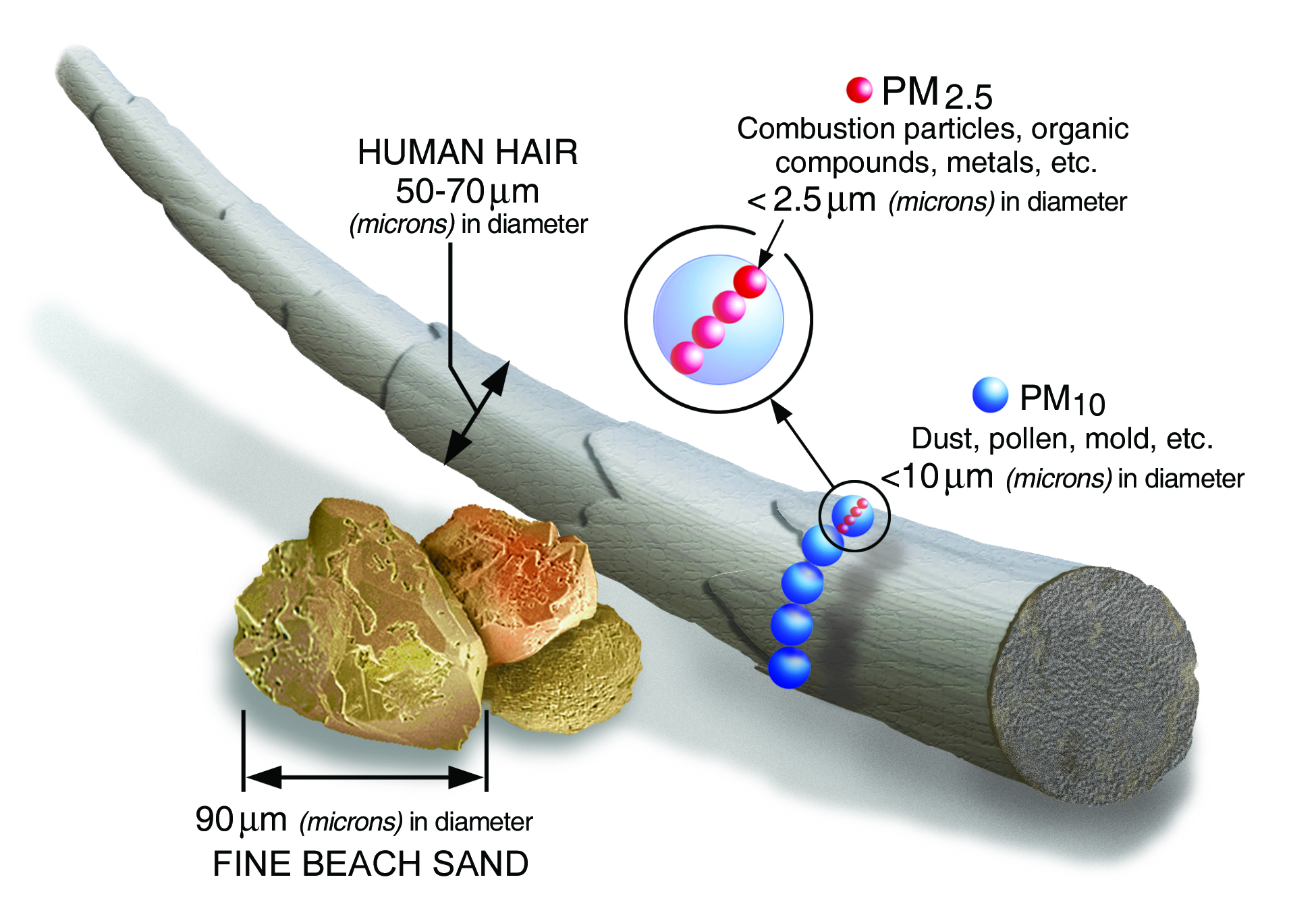
In cities, wildfire smoke contributes to the already concerning air pollution from vehicles and industrial sources. Automobiles, trucks (especially those running on diesel), and industrial combustion activities are significant sources of PM2.5. Unfortunately, wildfire smoke is even more toxic than what is produced in urban environments.
Health Hazards of Wildfire Smoke

The fine particulate matter in wildfire smoke can have immediate and long-term effects.
The tiny particles in the smoke can easily enter our lungs, causing irritation, inflammation, and short-term difficulty breathing. Coughing, wheezing, and shortness of breath are common symptoms experienced by individuals exposed to this smoke. Wildfire smoke can wreak havoc on our respiratory system, especially for those with pre-existing conditions such as asthma, allergies, or chronic lung diseases.
These tiny particles from wildfire smoke can penetrate the lungs and enter the bloodstream, then travel to all the body’s organs.
Recent findings suggest that long-term exposure to PM2.5 can endanger the lungs and bloodstream and lead to adverse heart (heart failure and myocardial infarction), blood vessel, respiratory (reactive airway, lung cancer, and chronic obstructive pulmonary diseases), and neurological disorders (stroke, Alzheimer and Parkinson’s) as well as premature birth.
Wildfires can have a lasting impact on the environment by transforming soil metals into a form that can cause cancer due to the intense heat. The resulting ash can then be carried away by the wind, posing a severe health threat to land workers, hikers, and residents. Even after the fire has been put out, toxic dust exposure can persist, making it crucial to take necessary precautions to protect against long-term health risks.
Who Is at the Greatest Risk From Exposure to Wildfire Smoke Particulate Matter?
Research points to older adults with chronic heart or lung disease, children and asthmatics as the groups most likely to experience adverse health effects with exposure to these tiny particles in wildfire smoke.
Research from the Children’s Health Study found that children living in communities with high levels of PM2.5 experienced slower lung growth and smaller lungs at the age of 18 compared to those living in communities with lower PM2.5 levels.
Protect You and Your Family From Wildfire Smoke

Here are some practical steps you can take to protect yourself and your loved ones from the hazards of wildfire smoke:
Stay informed: Please monitor local air quality index reports (AQI), air quality maps, and official advisories from Canadian and U.S. government websites, as well as weather updates, for information on wildfires in your area. This will help you stay prepared and make informed decisions.
Limit outdoor activities: When smoke levels are high, minimize outdoor time, especially during peak fire seasons. Postpone your run or bike ride until the air quality improves. Wear a properly fitted respirator (N95 or KN95) to filter out fine particles if you must be outside.
Create a clean indoor environment: Keep windows and doors closed to prevent smoke from entering your home. Shut the doors to the laundry room and bathrooms because those rooms often have ventilation ducts that lead to the outside. Run your furnace fan continuously and use a high-quality filter (MERV 13 or higher). Avoid using appliances that generate smoke or increase indoor pollution, such as candles, tobacco products, or cooking with frying or grilling food.
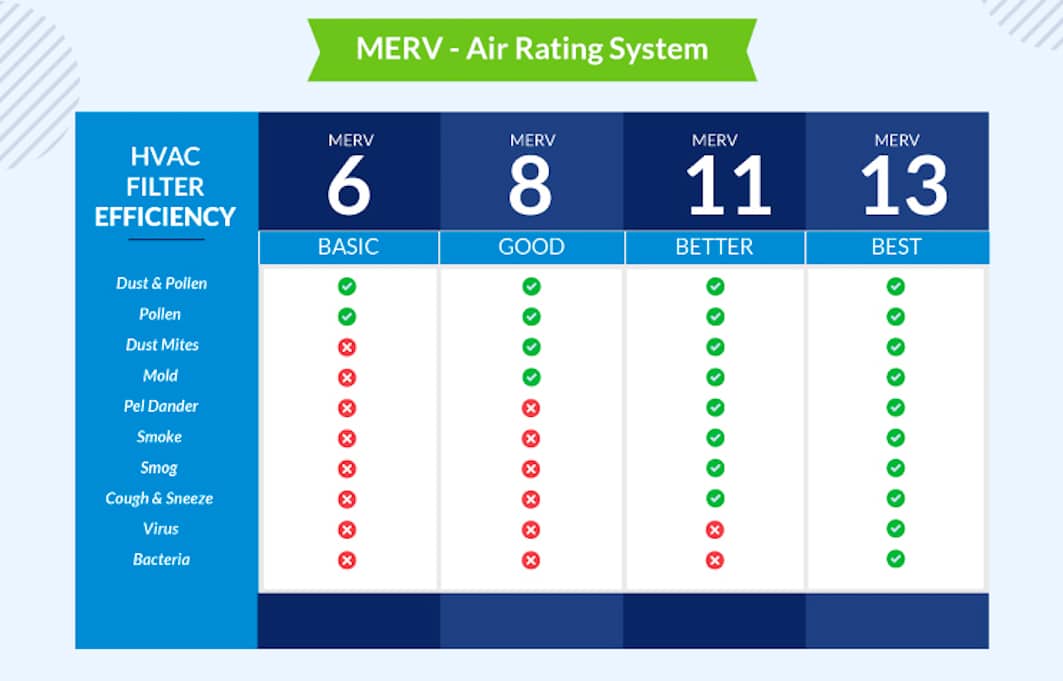
Consider buying a portable air cleaner. Portable HEPA cleaners work very well, or an inexpensive cleaner made from a box fan can be very effective. These can be used alone or in conjunction with enhanced central air filtration to remove particles effectively. An air cleaner with an activated charcoal filter provides an additional layer of protection by removing volatile organic compounds (VOCs).
Stay hydrated: Drink plenty of water to keep your respiratory system moist and help flush out any pollutants that may have been inhaled.
Keep cool: Heat stress and wildfire smoke are a deadly combination. Try the free heat illness prevention training here.
Clean up after: If it was smoky outside, some smoke and ash likely got inside. Studies have shown that some of the toxic chemicals (volatile organic compounds) in the smoke may stick to your floors and walls and be slowly emitted, making you sick. Vacuuming, mopping and wiping down surfaces have been shown to greatly improve indoor air quality.
Seek medical advice if needed: If you experience severe respiratory symptoms or have concerns about your health due to prolonged exposure to smoke from a fire, don’t hesitate to contact a healthcare professional.
Final Thoughts:
Wildfires are a natural part of many ecosystems. Still, their increasing frequency and intensity due to climate change are causing increased levels of air pollution at great distances from the actual fires. Understanding the hazards of the smoke they produce is essential for protecting our health and the environment. By staying informed, taking preventive measures, and advocating for sustainable practices, we can help mitigate the impact of wildfire smoke.
Stay safe, breathe easy, and work together to safeguard our shared home!

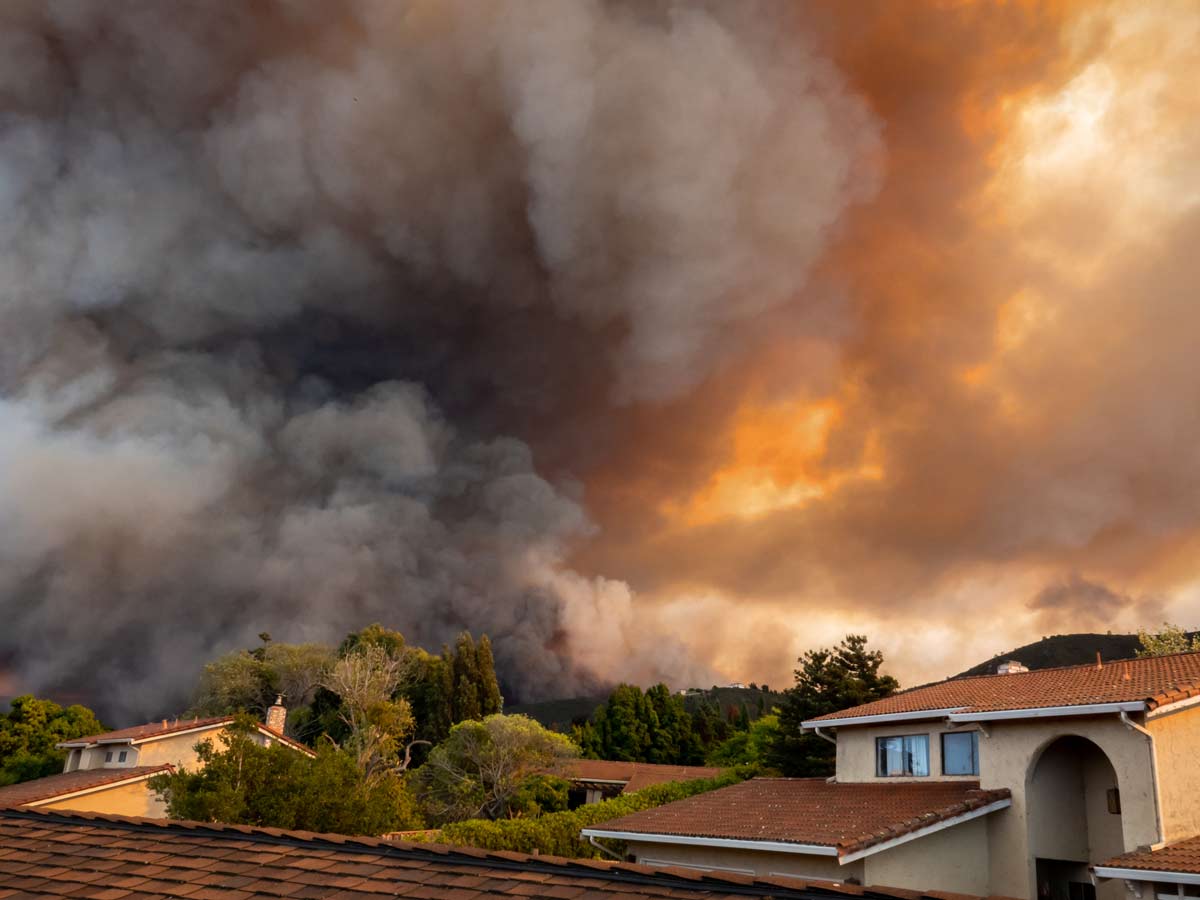




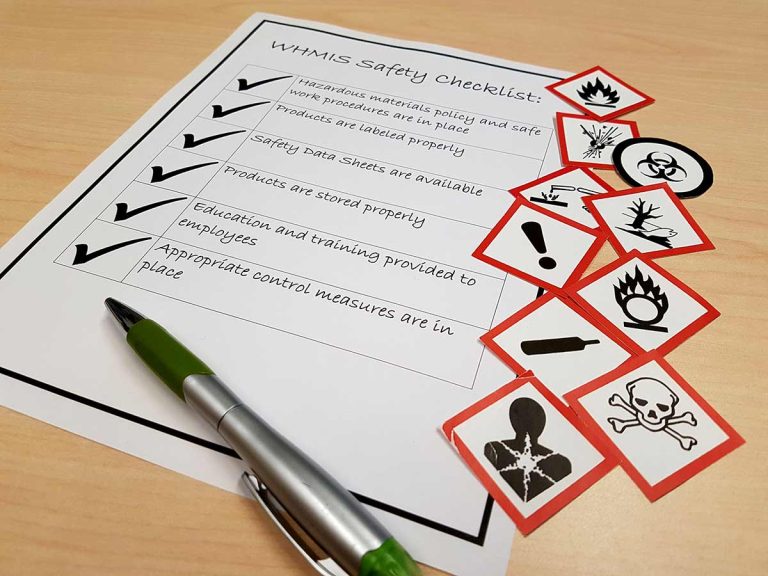

Thanks how this training prepared i understood many thinks about biohazer
Thank you so much it was very helpful training
excellent
Thanks very much i now know much about About Toxic Wildfire Smoke and toxic products.
thank you because of thsese topics i know more about toxic products.